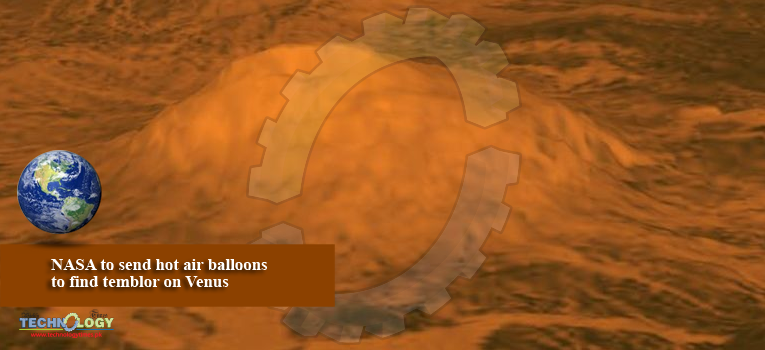Since our neighboring planet Venus has a very hellish atmosphere, studying more about the planet’s internal composition has been a bit difficult. But NASA has new plans to study the planet’s seismic activities through hot air balloons.

Space agency NASA is planning to study Venus’ earthquakes and other internal activities with the help of hot air balloons embedded up special earthquake sensors.
Earlier this month, NASA researchers set off a 50-ton chemical explosion 984ft below the surface of the Mojave desert. This artificial earthquake let NASA to test their special earthquake sensors that hung below the helium-filled balloons that floated hundreds of meters above the desert.
NASA is hoping for a similar system for Venus to discover more about its internal structure. Balloons are chosen for this activity because landing up a rover in near to impossible due to Venus’ dense atmosphere of mostly carbon dioxide that is so hot that it could melt lead, with average temperature around 462°C. The outer atmosphere, however, is much cooler and more suitable for carrying out scientific experiments.
Though the planet’s atmosphere is thicker and hence easier to measure infrared waves, it also contains supersonic winds that can rapidly confuse the balloon’s finely tuned instruments. Yet, the scientists believe that these air balloons can measure Venusquakes (earthquakes on Venus) as slight as magnitude 2.
“We’ve never made a direct seismic measurement on Venus. There is a lot balloons can offer in terms of unlocking some major questions about the planet,” NASA scientists Siddharth Krishnamoorthy told Science Magazine.
Meanwhile, NASA is also working on developing drones to send to Venus and study more about the planet, while being able to survive its hellish atmosphere.